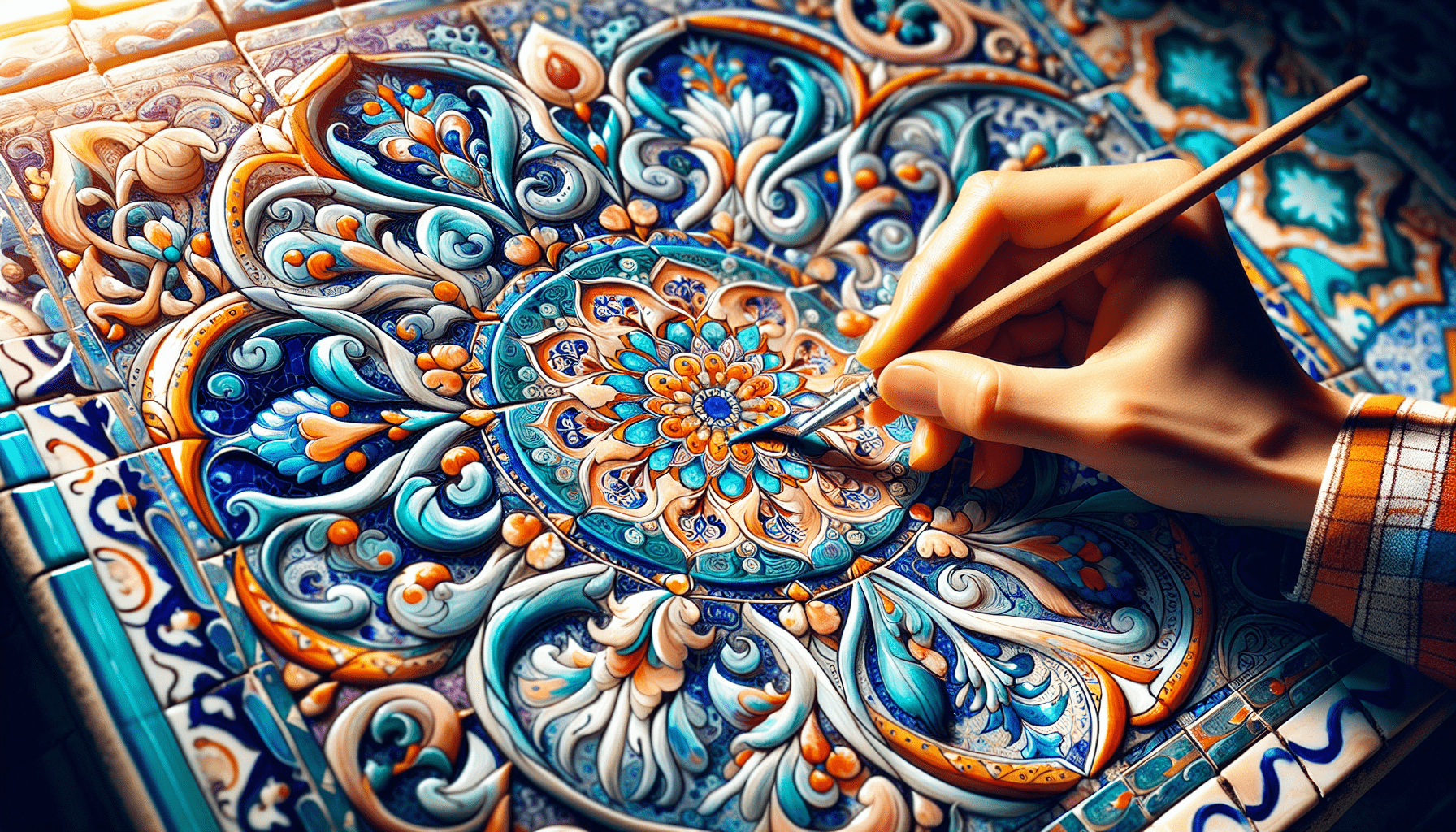Welcome to the fascinating world of Turkish tile art, a tradition that dates back centuries and continues to enchant visitors with its intricate designs and vibrant colors. The ancient traditions of Turkish tile art showcase the rich history and cultural heritage of the region, with each tile telling a story of its own. Discover the unique techniques and motifs that have been passed down through generations, and immerse yourself in the beauty and artistry of this timeless craft. Explore the breathtaking beauty of Turkish tile art and delve into the history and symbolism behind these exquisite works of art.

